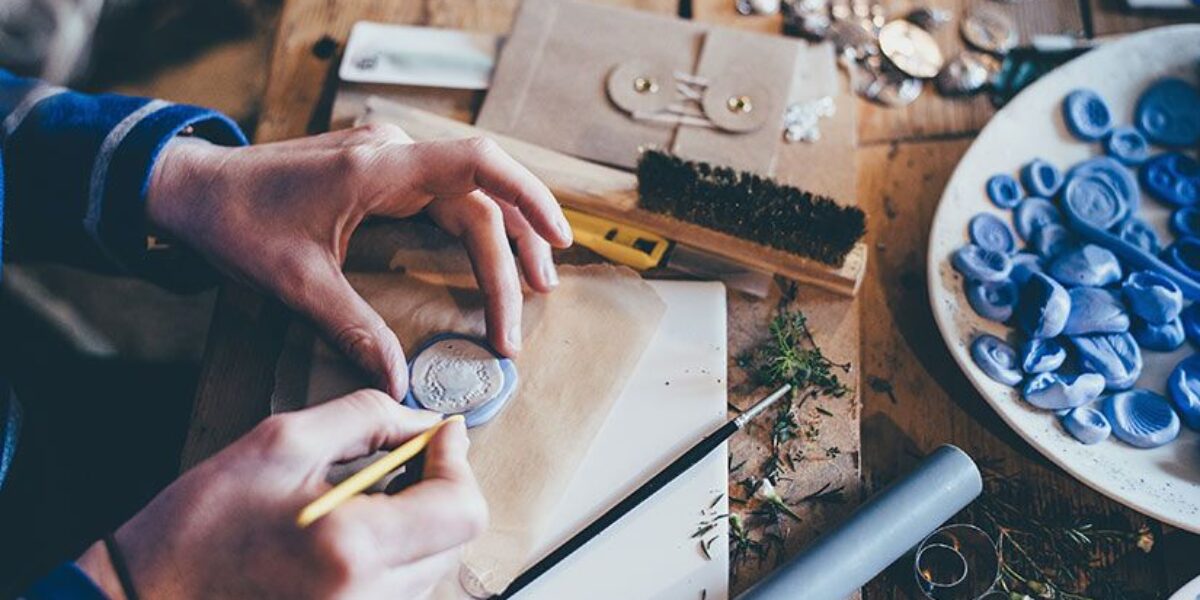Scripture, Animated
It was January, dark by five, and bone-cold. I arrived at the party early, shivering as I slid off my coat. Inside, the tree was lit, the candles blazed, and the children pleaded for me to try their game. “We’re journeying to the Christ Child!” a girl exclaimed. “We start here.” She led me by the hand to the first square. Trailing through the kitchen, dining room, and living room were colored shapes taped to the floor—I’d been transported into a life-sized board game. The littlest child held a large paper die in her hands, big as a basketball. “Roll,” she said. I rolled a two and took as many steps. The girls rolled a five, paced forward, and read a message on the square beneath: “Camel got sick. Go back three.” “Aww,” they fussed, and receded. As we proceeded on our journey, the home filled with people, young and grown, who sipped cider and talked about the Christmas that had passed. Finally, I arrived at the manger—a doll’s cradle—and though the girls were three spaces behind, they hollered and cheered and danced with me over the final shape, a yellow star.
They had made this game that afternoon. They had lain on the carpet coloring shapes, cutting sides of the die, taping the cube together. Their craft helped me to step inside the biblical story told in Matthew 2 of visitors from the East who followed a star to find the child Jesus where he lay. Matthew writes, “When they saw [the star], how happy they were, what joy was theirs! It went ahead of them until it stopped over the place where the child was” (verse 10). What joy was mine as I danced beside the manger with my little friends. And what joy was mine later that night, as the girls’ mother gathered everyone in the living room and gave wrapped presents to each guest. “To help you on your journey to the Christ Child,” she said, as the painter unwrapped a pair of brushes, the student a handmade bookmark, the early-riser a candle for the dark winter mornings.
From Hands to Heart
That night, I learned that craft and gesture can often illuminate the Scriptures in a way that no amount of study, discussion, or analysis can. When we make something with our hands, and when we participate in gestures with our bodies, we engage parts of ourselves that often lie dormant when we read the Bible. Humans are thinking, feeling, and embodied people, and when we engage with the biblical text through our minds, the laughter on our lips, or with dancing feet—the stories of Scripture and the powerful realities therein become more deeply embedded in our hearts. The joy of the incarnation became palpable that night as we celebrated Epiphany with cut paper and the gestures of journeying and gift-giving.
Try it
Adults have a lot to learn from kids who busy their hands in the act of making something. Consider setting aside time for craft as a devotional exercise. Pair a bit of Scripture you’ve been reading with a tangible activity. Here are some ideas to get you started:
- Light is a recurring image in the book of John. Jesus says in John 8:12, “I am the light of the world. Whoever follows me will have the light of life and will never walk in darkness.” Then he goes on to speak perplexing words to a gathering of religious leaders. As you consider the strange and brilliant ways in which Jesus revealed himself, buy sheets of beeswax and string, and roll your own candles. Then practice the gesture of lighting those candles every time you return to the book of John. As the match ignites and the wick catches flame—as light suddenly appears in darkness—you may discover deeper appreciation for Christ’s presence in our world.
- Sometimes the light of Christ shines to reveal our own sin, and it can be hard to know how to respond to this unsettling revelation. A craft or gesture may help. Read Genesis 3, in which Adam and Eve hide from their maker, ashamed and blaming one another for their first transgression. Then gather paper, scissors, ribbon, feathers, buttons, crayons, or any odd craft supplies you find, and make yourself a mask. Here’s a mask template, to get you started. While your hands are busy cutting holes for eyes and gluing feathers, meditate on your own tendency to hide—from yourself, God, or others. Put on the mask. When you remove it, invite God to see you and to heal you.
- God sees our sin, but God also and always sees our dignity, for we are children and heirs of a King. Read or listen to Matthew, Mark, or Luke all the way through, noting especially Jesus’s words about the Kingdom of God. Using paper, cardboard, or felt, make yourself a crown, and meditate on what it means to be a child of this King. What loving action might God invite you to enact today, as an heir of the Kingdom where love reigns supreme?
It may feel childish to wonder at an ordinary flame, or to paste feathers onto paper, or to don a handmade crown. But to bring your body to your Bible-reading experience—what is often only a mental exercise—may be one of the most mature things that you can do: As your hands are busy in craft and gesture, God may just move the words of Scripture from your head to your hands to your heart.
For further reading about craft and gesture, see To Dance With God by Gertrud Mueller Nelson.





